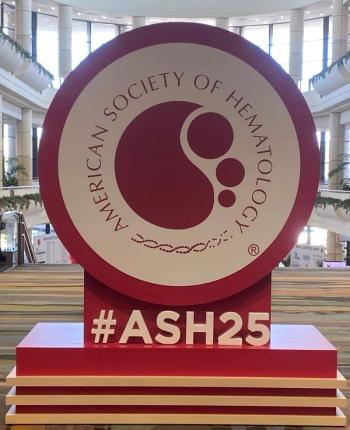
Comparing Tbo-Filgrastim With Filgrastim During Neutrophil Engraftment
A study comparing the efficacy of tbo-filgrastim with filgrastim when used to mobilize peripheral blood stem cells or to accelerate engraftment after autologous stem cell transplantation found no clinically meaningful differences, plus tbo-filgrastim saved money.
A study comparing the efficacy of tbo-filgrastim with filgrastim when used to mobilize peripheral blood stem cells or to accelerate engraftment after autologous stem cell transplantation found that there were no clinically meaningful differences.
The paper, by researchers from the Texas Transplant Institute, was
The researchers studied patients diagnosed with lymphoma or plasma cell disorders who were undergoing granulocyte colon-stimulating factor mobilization. The primary outcome was total collected CD34(+) cells/kg.
Secondary engraftment endpoints of the study were time to neutrophil and events of febrile neutropenia. There were no statistically significant differences in these endpoints.
A total of 185 patients were included in the analysis, and the researchers found that patients receiving filgrastim collected a median of 5.56 × 10(6) CD34(+) cells/kg, compared with a median of 5.85 × 10(6) CD34(+) cells/kg in the tbo-filgrastim group.
Not only were there no statistically meaningful differences in the endpoints, such as events of febrile neutropenia and length of stay, but tbo-filgrastim was associated with savings of $1406 per patient based on the average wholesale price of the treatment.
Newsletter
Stay ahead of policy, cost, and value—subscribe to AJMC for expert insights at the intersection of clinical care and health economics.













































